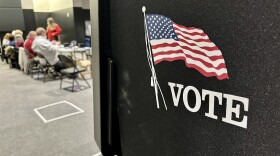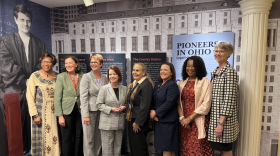Policy Matters Ohio's annual report shows union membership is also decreasing.
The award-winning team of the Ohio Public Media Statehouse News BureauTM presents insights and "the scoop" on the story behind the scenes of Ohio politics.










